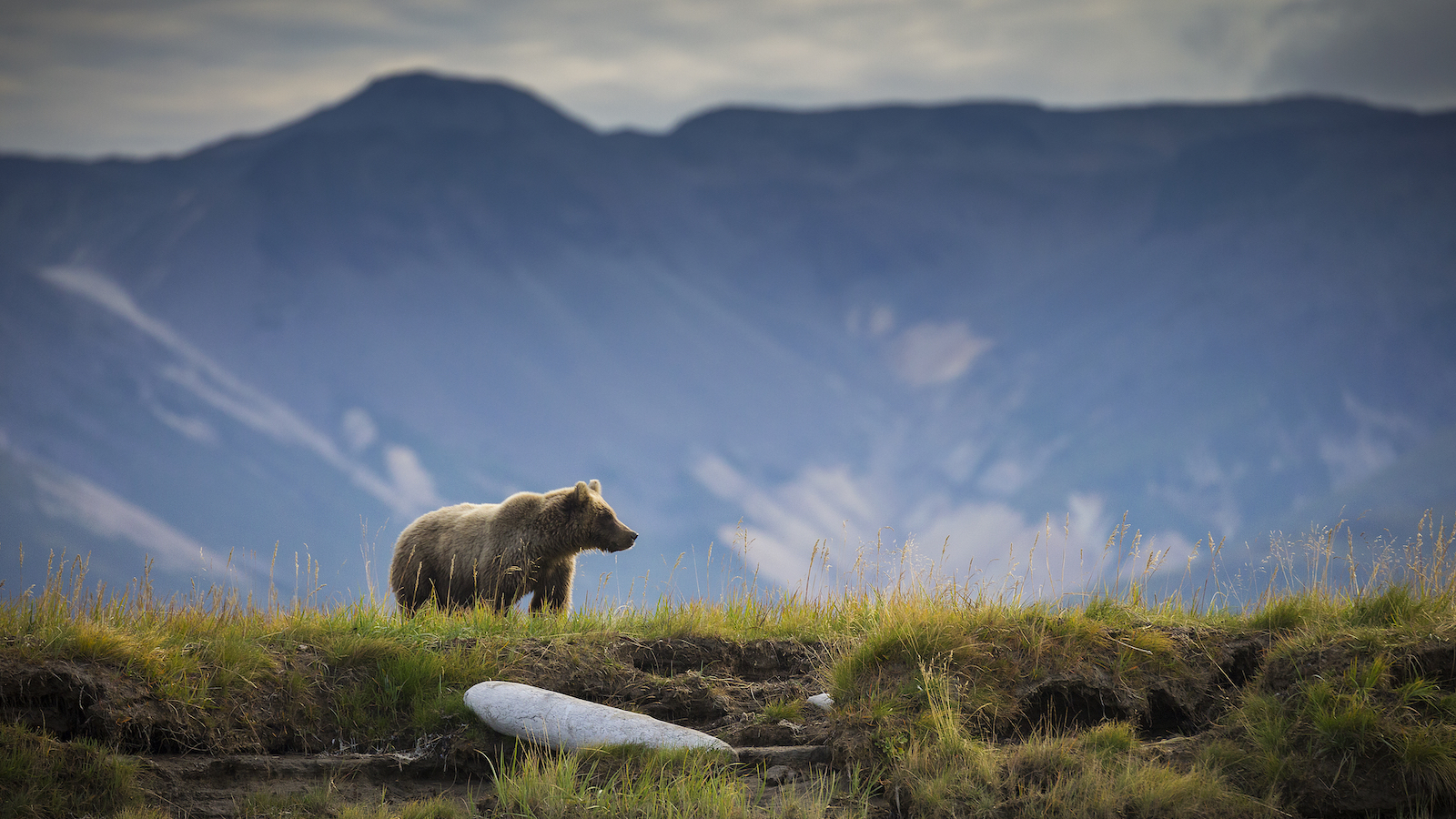
Urge Congress to support recovering America’s wildlife
The pygmy rabbit lives alongside sagebrush in the American West, and its numbers are dwindling.
SEND A MESSAGE
Senior Director, Conservation America Campaign, Environment America
Wildlife Intern
Hidden behind tall, dense sagebrush, the pygmy rabbit burrows into deep soil. It is here that the small animal, a gray ball of fuzz with pointed ears, will create deep burrows underground for the winter months. These tiny mammals are found in the sagebrush steppe of Idaho and other Western U.S. states.
It gets its name from the fact that it is the world’s smallest rabbit. Even adult pygmies can fit in the palm of a human hand.
The future of the pygmy rabbit is in danger. The habitat that the bunny relies on for survival is dwindling fast, devastated by wildfire, invasive species (cheatgrass in particular) and urban development.
Pygmy rabbits aren’t the only animal that rely on this type of environment. Many species in Idaho, including the sage-grouse and mule deer, depend on the sagebrush steppe.
The good news? Idaho has a wildlife action plan that lists the many species in need of conservation help. The pygmy rabbit is on it.
The bad news? This big plan to save a tiny rabbit is woefully underfunded, which is why we’re working to pass Recovering America’s Wildlife Act, a bipartisan bill in Congress that would provide the states with funding to restore habitat, control invasive species, reconnect landscapes, collect data on species and more.
Said U.S. Senator Thom Tillis, a Republican from North Carolina:
“Congress has a long history of being champions of conservation efforts in the U.S. to protect our unmatched landscape and wildlife population. Today, we are facing another crisis with too many fish and wildlife being placed on the endangered species list… [This bill] gives state and tribal wildlife commissions the tools needed to perform proactive, on-the-ground conservation to prevent threatened species from becoming endangered.”
With $1.4 billion in annual funds for the states and tribal lands, this bill would be monumental in helping Idaho protect its species of greatest conservation need.
Senators Mike Crapo and James Risch in Idaho have an opportunity to join the bipartisan bill as cosponsors and help Idaho’s many struggling species begin to recover. We urge them to do so.
Together we can give species such as this tiny rabbit a firmer foothold on survival and help protect Idaho’s unique and diverse landscape.
Steve directs Environment America’s efforts to protect our public lands and waters and the species that depend on them. He led our successful campaign to win full and permanent funding for our nation’s best conservation and recreation program, the Land and Water Conservation Fund. He previously oversaw U.S. PIRG’s public health campaigns. Steve lives in Sacramento, California, with his family, where he enjoys biking and exploring Northern California.
Wildlife Intern
Zoe Garderet is a senior at Tufts University and a wildlife intern for Environment America, based in Boston, Massachusetts.
